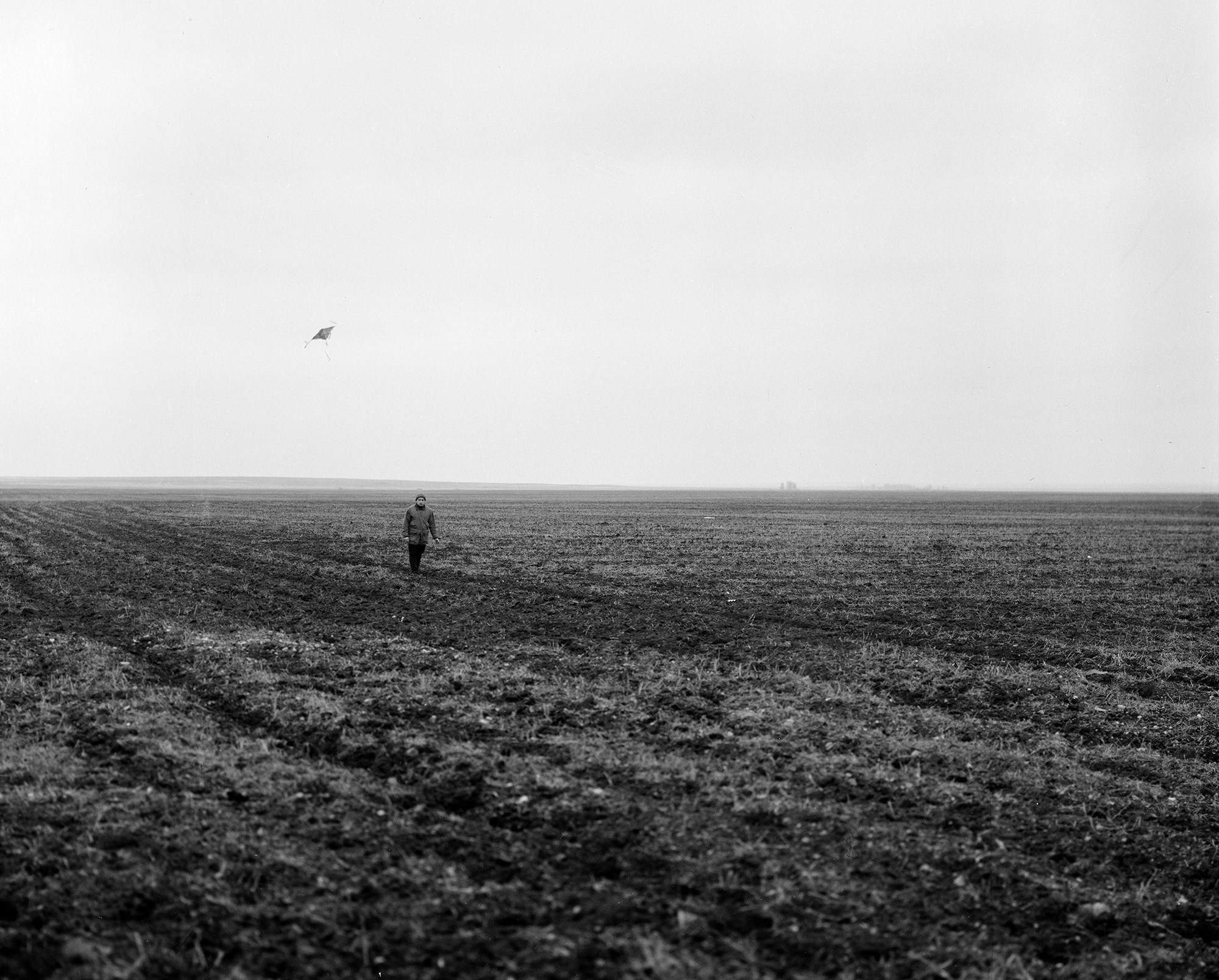In the late 1940s, new GULAG camps appeared on the territory of the Kazakh USSR. These were “special” camps — they were distinguished by the most severe conditions of detention and protection. It was there that, after the end of the war, alien elements were sent — residents of western Ukraine, Belarus and the Baltic states, accused of treason and collaboration. These were hundreds of thousands of people whose fate was broken first by the war and occupation, and then by the camps. In 1954, one of the largest uprisings in the history of the GULAG took place in one of these camps, Karlag (Karaganda region, Kazakhstan). Up to five and a half thousand people took part in it; the organizers of the uprising were participants in the national liberation movements of the territories occupied during the war by the USSR. This uprising was brutally suppressed. The military used tanks against unarmed prisoners. There is very little evidence of the uprising. Analyzing them, a detail caught my attention — during the uprising, prisoners released kites with leaflets outside the camp. So they tried to tell the residents of the surrounding villages about what was happening in the camp. Even under conditions of total surveillance and tyranny, the thirst for freedom forced people to protest.




